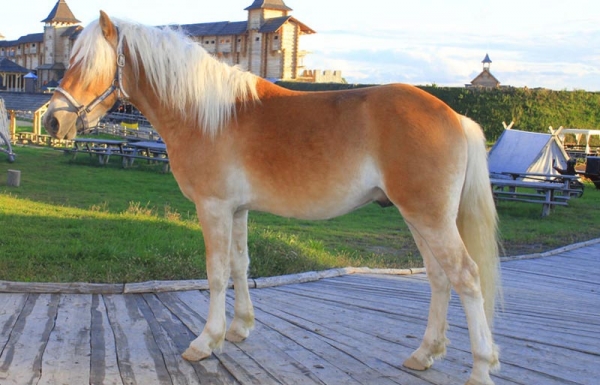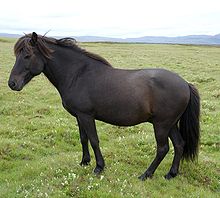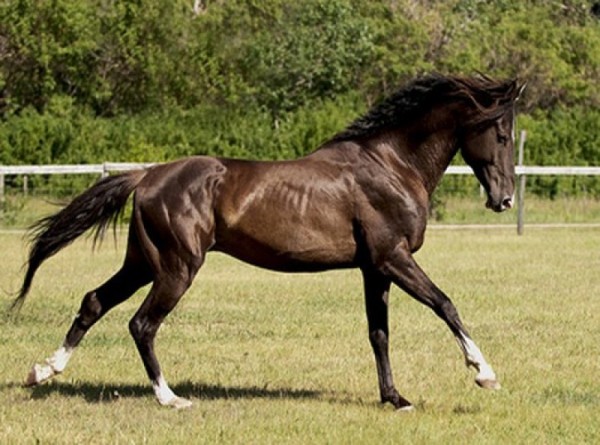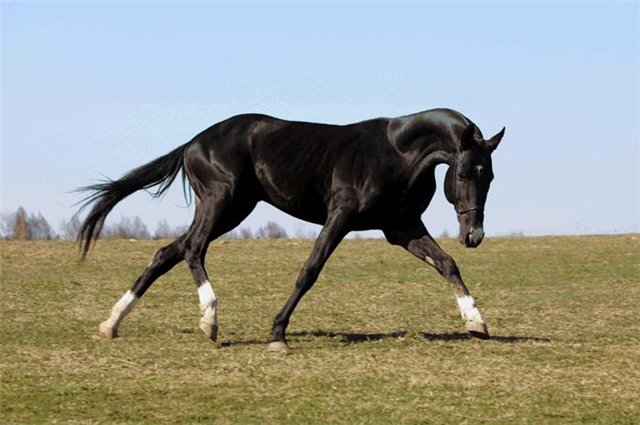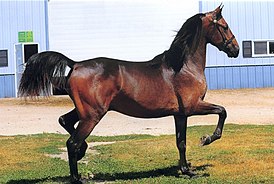harsh conditions
Shi
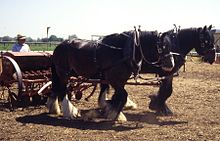 Shire (English heavy truck) is a British breed of heavy truck horses. Horses of this breed are tall (165-185 cm at the withers, sometimes up to 219). Shires at different times set world records as the largest horses, and as the tallest horses. The name comes from the English “shir” – county. The Shire Mountain or Curt Horse breed, descended from local mares and Dutch stallions, is very famous and widespread. Despite its ancient origin, it is not entirely homogeneous in mass. Its type is highly variable – from a horse of extraordinary size and weight, suitable only for riding in steps, to large and folding ones, suitable already in a plow and cart. The suit is diverse; bald patches on the head and white stockings, often on the same hind legs, are characteristic. Usually black, bay, gray and also piebald. All parts of the body are developed in proportion; a very important article is the broad chest, back and the same sacrum. Continue reading
Shire (English heavy truck) is a British breed of heavy truck horses. Horses of this breed are tall (165-185 cm at the withers, sometimes up to 219). Shires at different times set world records as the largest horses, and as the tallest horses. The name comes from the English “shir” – county. The Shire Mountain or Curt Horse breed, descended from local mares and Dutch stallions, is very famous and widespread. Despite its ancient origin, it is not entirely homogeneous in mass. Its type is highly variable – from a horse of extraordinary size and weight, suitable only for riding in steps, to large and folding ones, suitable already in a plow and cart. The suit is diverse; bald patches on the head and white stockings, often on the same hind legs, are characteristic. Usually black, bay, gray and also piebald. All parts of the body are developed in proportion; a very important article is the broad chest, back and the same sacrum. Continue reading
American painthorse
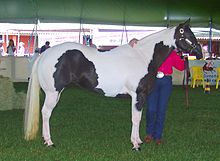 History
History
American painthorse combines the performance of a cowboy horse with a fancy freckle suit. This breed was bred on the basis of quarterbacks and thoroughbred riding horses. Painthorse history is closely linked to quarterback history. Both of these breeds are descendants of horses brought into the New World by Fernando Cortes.
Formed in 1940, the American Quarter Horse Association (AQHA) registered cowboy-type horses, culling freckles and heavily distinguished ones. In turn, fans of freckles have set up several breeding organizations. In 1962, these organizations merged into the American Paint Horse Association (APHA).
Color
Each Painthorse horse has a certain combination of white and a different color. The most common are horses with white spots in combination with blacks, nests, browns and reds. Less common are horses with small specks. Continue reading
Russian scientists found out how modern horse breeds appeared
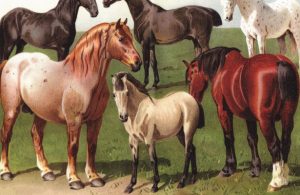 Using cutting-edge DNA research methods, an international research team of archaeologists, geneticists and evolutionary biologists from 85 scientific institutions around the world has collected genomic data that spans the last 42,000 years of horse development and has tracked the contribution of various genetic lines to the formation of modern breeds. horses. The results of the work can be found on the pages of the journal Cell, research supported by a grant from the Russian Science Foundation.
Using cutting-edge DNA research methods, an international research team of archaeologists, geneticists and evolutionary biologists from 85 scientific institutions around the world has collected genomic data that spans the last 42,000 years of horse development and has tracked the contribution of various genetic lines to the formation of modern breeds. horses. The results of the work can be found on the pages of the journal Cell, research supported by a grant from the Russian Science Foundation.
People tamed a horse about 5.5 thousand years ago, after dogs, cattle and pigs. From the moment they learned to ride, milk horses and control their reproduction, the history of mankind has radically changed. The ways of traveling and developing new territories, transporting goods and conducting military operations have become different. Depending on the region and various needs, people selected animals according to different principles – this is how different breeds of modern domestic horses appeared. Continue reading
